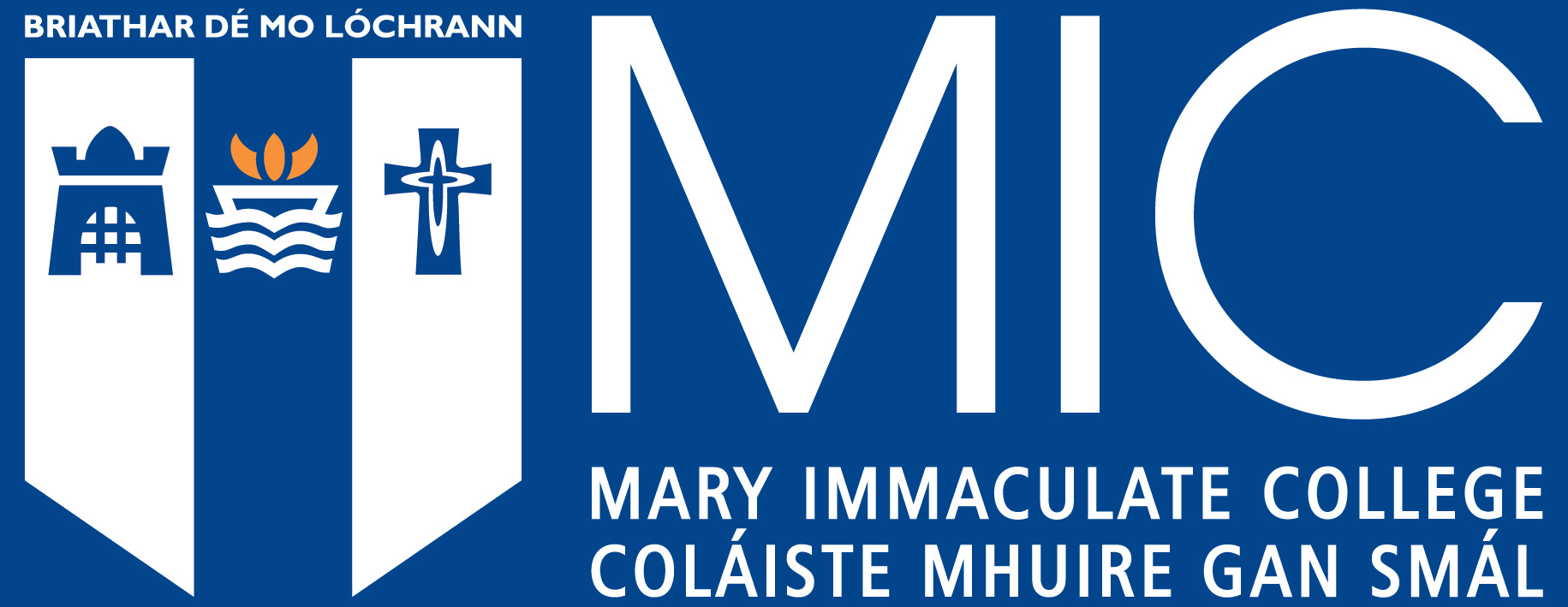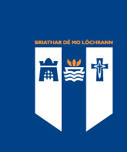A mixed methods investigation of effective online comprehension strategy instruction within the Irish Primary School context
Abstract
This study was based on an embedded mixed methods design. In this study, qualitative data was embedded within a quasi-field experimental design. The researcher adopted quantitative methods to test the hypothesis that a combined New Literacies and Print Comprehension Strategy Instruction intervention positively influences online comprehension levels. The researcher used qualitative data produced by focus group sessions and reflective logs to explore results of the intervention.
The study was conducted in a large, mixed, primary school located in North county Dublin. One hundred and sixty Irish primary school pupils participated in the quasi-field experiment (N = 160). 84 female participants (n =84) and 76 male participants (n =76) partook in this study. There were 40 (n=40) participants in each condition ranging from seven to ten years.
The between group independent variable was form of comprehension strategy instruction and consisted of four levels: No comprehension strategy instruction, Print Comprehension Strategy Instruction, New Literacies comprehension strategy instruction and Combined Print and New Literacies comprehension strategy instruction. The within groups independent variable was time which was measured pre-intervention (Time 1) and post-intervention (Time 2) for each condition group. The dependent variable was Online Comprehension levels which were measured using the Online Research and Comprehension Assessment (ORCA) Primary.
Condition 1 was a control condition, participants in this condition did not engage in Comprehension Strategy Instruction. In Condition 2 participants received Print based Comprehension strategy instruction. In Condition 3 participants received New Literacies Comprehension strategy instruction. Finally, in Condition 4 participants received Combined Print and New Literacies Comprehension strategy instruction.
A Wilcoxon Signed Rank Test revealed a statistically significant increase in online comprehension levels from Time 1 to Time 2 in the combined Print and New Literacies comprehension instruction condition, z =-2.35 , p = .01, with a medium effect size (r =.3). Wilcoxon Signed Rank Tests revealed no statistically significant difference in ORCA Elementary revised scores from Time 1 to Time 2 in all other conditions.
Thematic Analysis of focus group and reflective log data identified one main theme; The application and uses of individual comprehension strategies in online comprehension and research. Within this theme three subthemes were identified; strategies used for online comprehension research purposes; strategies used for online comprehension of static texts and strategies that were ineffective for either online research comprehension or online comprehension of static texts.
The findings of this study led the researcher to conclude that while Combined Print and New Literacies Online Comprehension Strategy Instruction increased online comprehension levels, further replications are necessary to fully determine the meaning and robust nature of this increase. It is hoped that the findings of this study will have implications for classroom practice by encouraging teachers to incorporate Online Comprehension Strategy Instruction into their daily literacy teaching.
Keywords
Comprehension strategy instructionNew literacies instruction
New literacies online instruction


